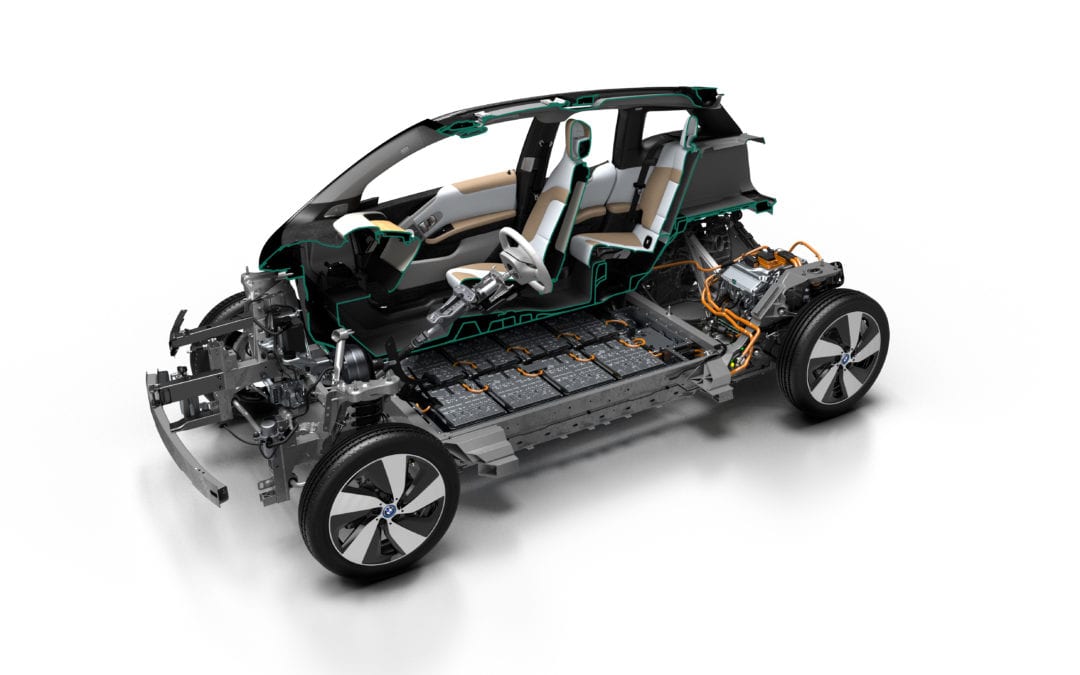A quick guide to charging to charging your electric vehicle.
Charging your EV will remain the single most considered factor when owning or buying an EV. You can use wattev2buy.com to see what your EV’s mileage cost is depending on the electricity rate in your state.
There are 3 levels of charging your EV:
1. Level 1 – Which essentially is plugging your EV into the mains. Depending on the EV’s battery specifications it can take up to 24 hours to fully charge your EV. Apart from the electricity rate paid to your utility, there is now additional cost involved for Level 1 charging. To fully charge a Nissan Leaf with a battery capacity of 24kW and a 2.3kW charge rate would take over 10 hours (24/2.3). Charging would put your electric system at risk in the long term as it would constantly be under full strain.
2. Level 2 – Consist of a fast charger that can be bought extra with your EV. Different EV’s support different charging levels. The Leaf, for instance, has 3.3kW (or 6.6kW depending on country) onboard charger, the Ford Focus 6.6kW, and the Tesla Roadster 16.8kW. Again you will divide your battery capacity by the charging capacity to find the time to fully charge. Level 1 and 2 are ideal for city traveling and Level 2 charging stations are fairly cheap to install compared to DC fast charging stations.
3. DC fast Charging (DCQC)– This charging station infrastructure is developed to deal with range anxiety and to support the use of EV’s over long distances. The DCQC charging option could add up to $700 on the purchase price of your EV. Various EV makes have various standard’s and therefore various adaptors. The standards are:
· CHAdeMO, normally have a charge speed of between 40kW and 60kW. So charging a Nissan Leaf of 24kW/40kW = 36 minutes for a full charge.
· Combined Charging System (CCS), a new standard with little penetration but an ultra fast charging speed of above 300kW in theory. Operational they only provide 60kW currently.
· Tesla Supercharger is the company’s own improved DC fast charging standard with 120kW capability.
Map to Charging Stations
In the USA http://www.plugshare.com
Tesla DCQC network https://www.teslamotors.com/supercharger
International http://openchargemap.org/site/



